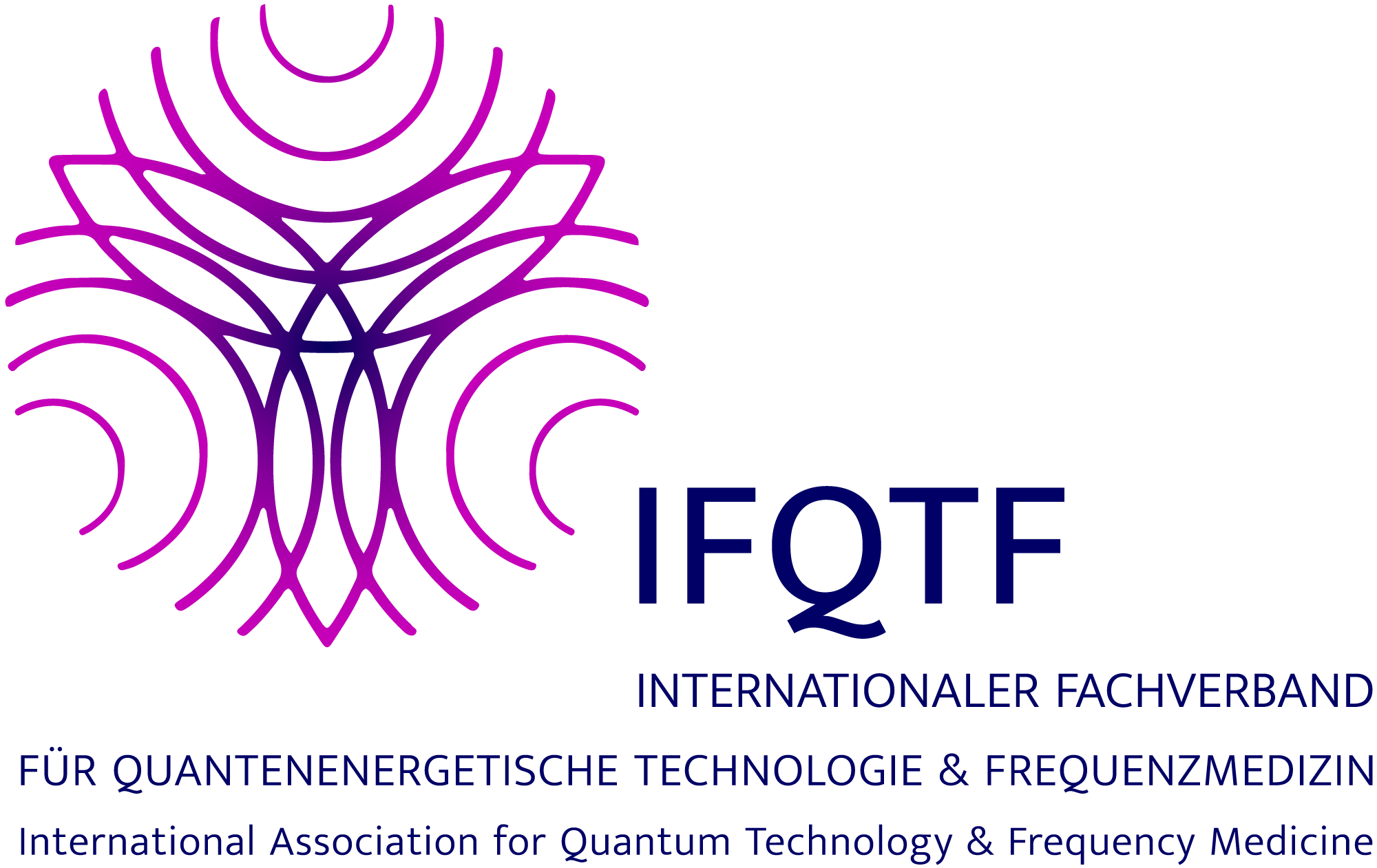This pilot study evaluated the protective effects of the Leela Quantum Bloc on human blood exposed to Wi-Fi radiation. Conducted with 12 healthy adult subjects, the study compared blood morphology changes under three conditions: baseline (no exposure), after 10 minutes of Wi-Fi exposure, and after a further 10 minutes of Wi-Fi exposure with either a sham or active Quantum Bloc device.
Study Design: The study was randomized, single-blinded, and sham-controlled. Live blood analysis was used to observe and photograph fresh blood samples under a dark-field microscope. Blood samples were analyzed for red blood cell clumping, rouleaux formation, white blood cell motility, early fibrin formation, and membrane distortions.
Results: Wi-Fi exposure significantly impacted the blood, leading to increased rouleaux formation, RBC clumping, and reduced white blood cell motility. The Quantum Bloc demonstrated a statistically significant protective effect, reducing blood cell aggregation, fibrin formation, and enhancing white blood cell motility compared to the sham device. The results suggest that the Quantum Bloc may provide robust protection against Wi-Fi radiation’s adverse effects on blood morphology.
This study indicates that the Quantum Bloc device holds promise in mitigating the harmful effects of short-term Wi-Fi exposure on human blood. Further research is recommended to explore its potential in long-term exposure and other EMF sources.

